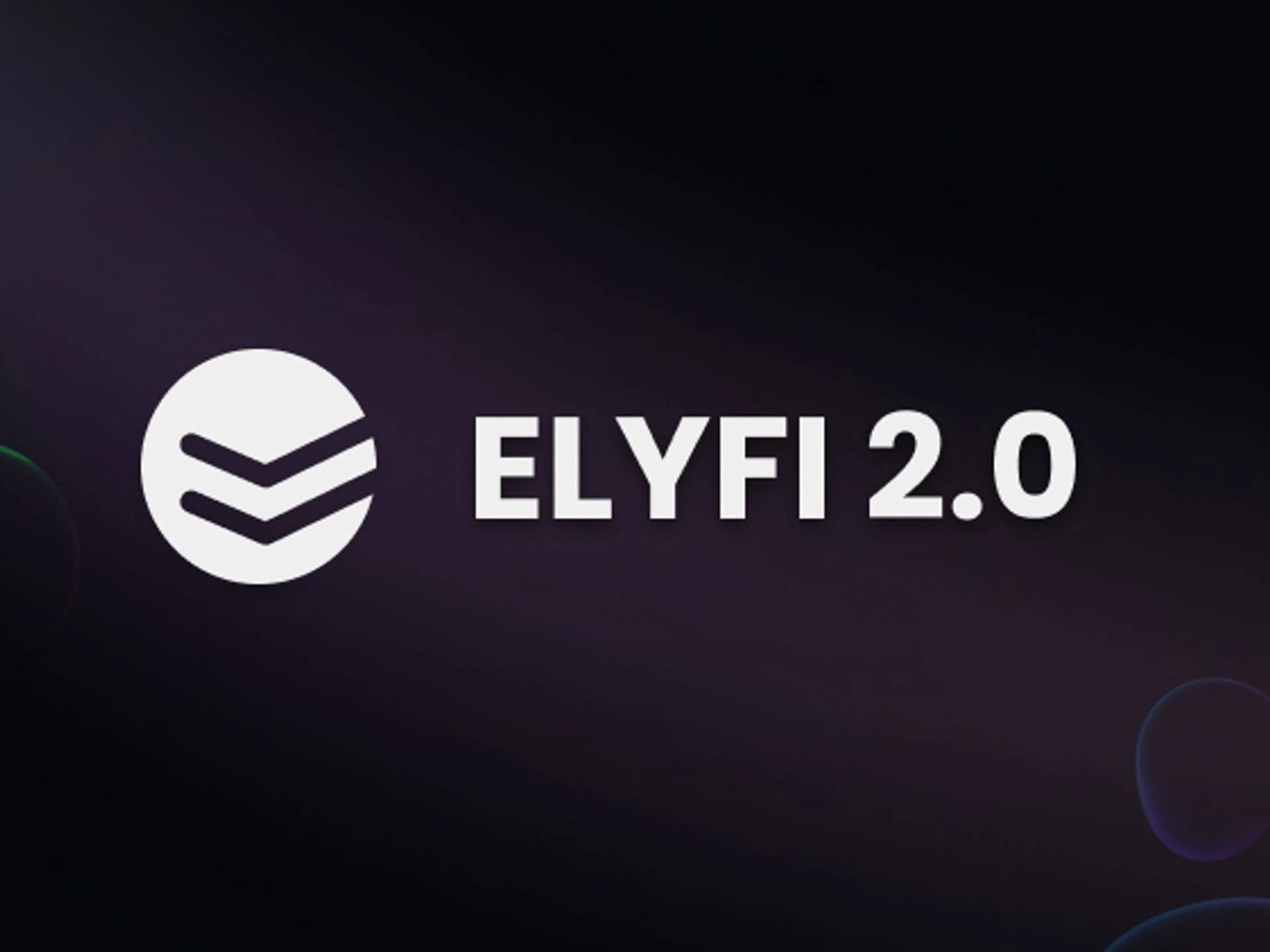Subscribe to wiki
Share wiki
Bookmark
Elyfi 2.0
The Agent Tokenization Platform (ATP):Build autonomous agents with the Agent Development Kit (ADK)
Elyfi 2.0
The ELYFI Protocol is a decentralized finance (DeFi) platform designed to connect traditional finance (TradFi) with blockchain-based solutions through Web 3.0 technology. It focuses on tokenizing real-world assets, beginning with residential real estate and expanding to include receivables. This structure offers various investment opportunities for DeFi users. Borrowers can access stable loans backed by tokenized real assets, and liquidity providers have the potential to earn interest in a secure, transparent environment.[1][2]
Overview
Launched in 2021, the ELYFI Protocol aims to seamlessly integrate decentralized finance (DeFi) with real-world assets, fostering stability in the on-chain market. Envisioning a future where DeFi liquidity providers access diverse investment opportunities, including real estate and various receivables, the protocol prioritizes liquidity, profitability, and safety. By tokenizing assets such as real estate, ELYFI Protocol strives to simplify the investment process, lowering barriers for both borrowers and liquidity providers. Committed to regulatory compliance, the platform is governed by a decentralized community of token holders, ensuring transparency and community-driven decision-making. Since its inception, ELYFI Protocol has facilitated 64 loans, totaling $8,267,391 in investments, with a range of loan-to-value real estate products.[1][2]
Tokenization of Real-World Assets
ELYFI Protocol facilitates the tokenization of various real-world assets, initially emphasizing residential real estate and expanding to include receivables like e-commerce receivables. This process aims to enable efficient capital raising for asset owners, providing DeFi liquidity providers access to potential profitable and stable real asset investments, including loans backed by real estate, SMEs, and medical personnel. Sourced from reputable financial entities in Korea, these receivables adhere to regulatory oversight. Notable investment products, such as Apartment Collateralized P2P Principal Receivable and Mortgage Loans, offer specific yields and maturities. To enhance transparency for liquidity providers, ELYFI Protocol tokenizes real assets as Non-Fungible Tokens (NFTs), providing detailed information like collateral type, right to receive payments, certificate number, holder, item number, product name, investment amount, investment rate, investment post date, and repayment due date. This approach contributes to the platform's efficiency and security, offering improved transparency to liquidity providers.[3]
Structure
In ELYFI Protocol version 2, a tiered system is implemented, featuring senior and equity tranches to accommodate users' risk preferences. Senior tranche providers receive fixed returns, while equity tranche providers take on additional risk for potentially higher returns. Tokens representing these tranches can be traded without penalties. The 7:3 tranche ratio offers flexibility, with suspension indicators triggering temporary restrictions. The protocol introduces a queue-based system for liquidity management, and refundability features are exclusive to Senior pools. The tranche structure separates returns and risks, allowing investors to align with their preferences. A deposit and withdrawal waiting system is introduced for efficient asset management without penalties.[4][5][2]
Portfolio and Assets
Comprising various portfolios, the ELYFI protocol enables users to allocate liquidity based on considerations of stability and return. Administrated by an Asset Originator, each portfolio's borrowing limit is constrained by factors such as deposit, reputation, and trustworthiness. Portfolios undergo distinct states including Funding, Funded, Live, Stopped, and Closed. Funding allows depositors to supply cryptocurrency, progressing to Funded upon reaching the target amount. Live denotes the loan and repayment phase, while Stopped is triggered by exchange rate changes or overdue amounts, leading to a grace period and potential Senior Closed or overall closure. Asset Originators manage portfolios within predetermined caps, creating loans represented by unique NFTs for asset management. Governance decisions play a key role in establishing loan contracts, each represented by an NFT. With five loan states—Created, Started, Canceled, Repaid, and Defaulted—the portfolio and asset management structures aim to enhance user control and flexibility, contributing to the platform's stability and reliability.[6][7][8]
Governance
The ELYFI Protocol is governed by a decentralized autonomous organization (DAO), consisting of sELFI token holders. This structure aims to promote transparent and community-driven decision-making, fostering inclusivity and efficiency in platform management. The primary governance token, ELFI, allows users to participate in the decision-making process by staking ELFI tokens and acquiring sELFI tokens. sELFI token holders, representing ELFI governance, exercise voting rights through the Snapshot platform, influencing various aspects of the platform, including its direction, upgrades, risk management, and revenue allocation. In the loan underwriting process, ELFI governance, represented by sELFI token holders, plays a crucial role in validating proposed loan information through off-chain voting, ultimately influencing the execution of loans within the protocol.[9][10]
See something wrong?
The Agent Tokenization Platform (ATP):Build autonomous agents with the Agent Development Kit (ADK)
